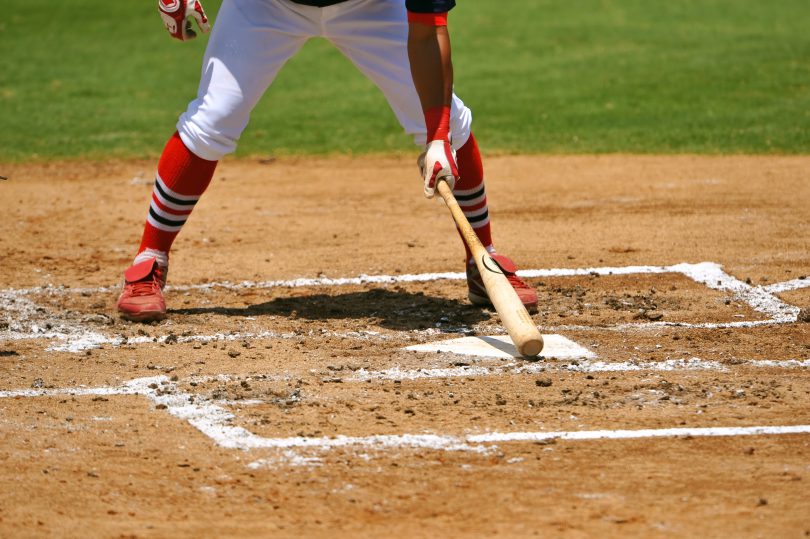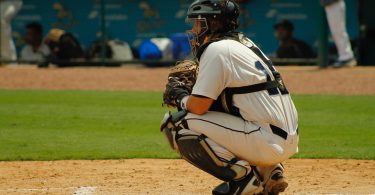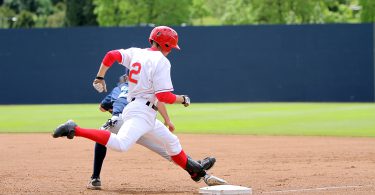The Situation:
The bases are loaded with 2 out in the bottom of the 1st inning of a playoff game. It’s a hot, dry day and pitcher is in trouble. The offense is already leading 2-0 and threatening to blow the game wide open in their first at bat. There’s a 2-2 count on the batter as he awaits the game’s most important pitch.
The Play:
The pitcher delivers a fastball and the batter hits a high top spin grounder towards second. The first bounce hits hard off the dry batters’ circle before going high in the air. The second baseman takes a step in to go get the high chop before the second bounce, then hesitates, and decides to give ground. The second bounce lands in the baseline between first and second and bounces high again. The fielder jumps up and grabs the ball. Realizing the batter is almost to first already, he rushes to get a throw off quickly after landing.
The Outcome:
Predictably, the throw is wide of the bag and in the dirt. The runner will be safe regardless of the throw, but the first baseman can’t handle it, making matters worse. The defense is lucky that only 2 runs cross the board on the mistake.
What Went Wrong:
You already know that throwing the ball away is not good. You have probably also put together that the second baseman should have stayed with his initial instinct to come in on the ball. When the temperature heats up and the fields dry out, you are likely to get more hard choppers like this one. There are two main reasons why the second baseman should have come to get the first high bounce:
1) When the ball is in the air, it is predictable. The second hop on a dry field is not. It could bounce over his head, kick sideways, hit something and stay down, and the list goes on. As a fielder, predictable is what you want.
2) Although it’s a split-second decision the second baseman has to know that he doesn’t have time to let the ball take two really high bounces. Even an average runner will beat out a single if a ball takes that long to get to the fielder. As an infielder, a skill college coaches look for is game awareness and internal clock. This means you have an understanding of timing and when you need to get the ball to first. A good rule of thumb on choppers for middle infielders is if the ball first hits the ground in the batter’s circle, charge the ball.
On choppers, you need to try to get the ball before the second hop, or at worst, create a short-hop on the second bounce. While there are exceptions to every rule, if you stay aggressive in attacking choppers and field the ball on predictable hops, you will put yourself in the best position for success on this type of play.
To take this lesson a step further, make working on your internal clock part of your training. When taking fungos, have someone with a stopwatch call out how long it takes from contact with the bat to when the ball hits the first baseman’s glove. This will give you feedback on how long it takes you to make different kinds of plays for all different kinds of runners and will help you better understand how aggressive you need to be when the big play comes your way.







